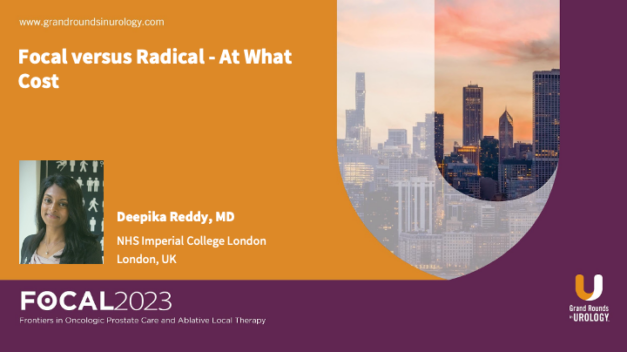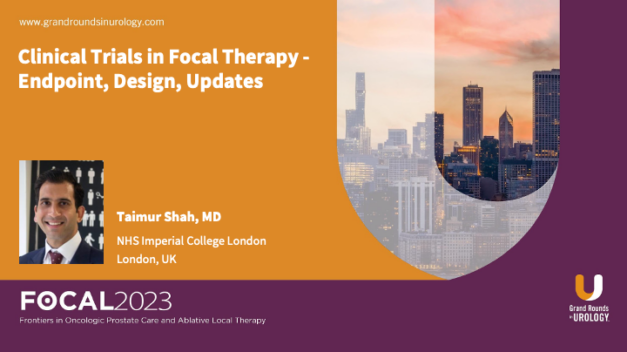Focal versus Radical – At What Cost
Deepika Reddy, MD, examines the comparative impacts of focal and radical treatments for prostate cancer, focusing on their efficacy, side effects, and overall costs.
Dr. Reddy underscores the growing interest in focal therapies due to their potential to minimize treatment-related side effects; however, Dr. Reddy emphasizes the importance of careful patient selection and thorough pre-treatment imaging to ensure the appropriateness of focal therapy. In contrast, radical treatments provide a comprehensive approach to cancer eradication, offering lower rates of recurrence in appropriately selected patients. These benefits come at the cost of higher rates of adverse effects. Dr. Reddy presents data comparing long-term outcomes of patients undergoing focal versus radical treatments.
Cost considerations also play a crucial role in the treatment decision-making process. Dr. Reddy discusses the direct and indirect costs associated with both approaches.
Read More

